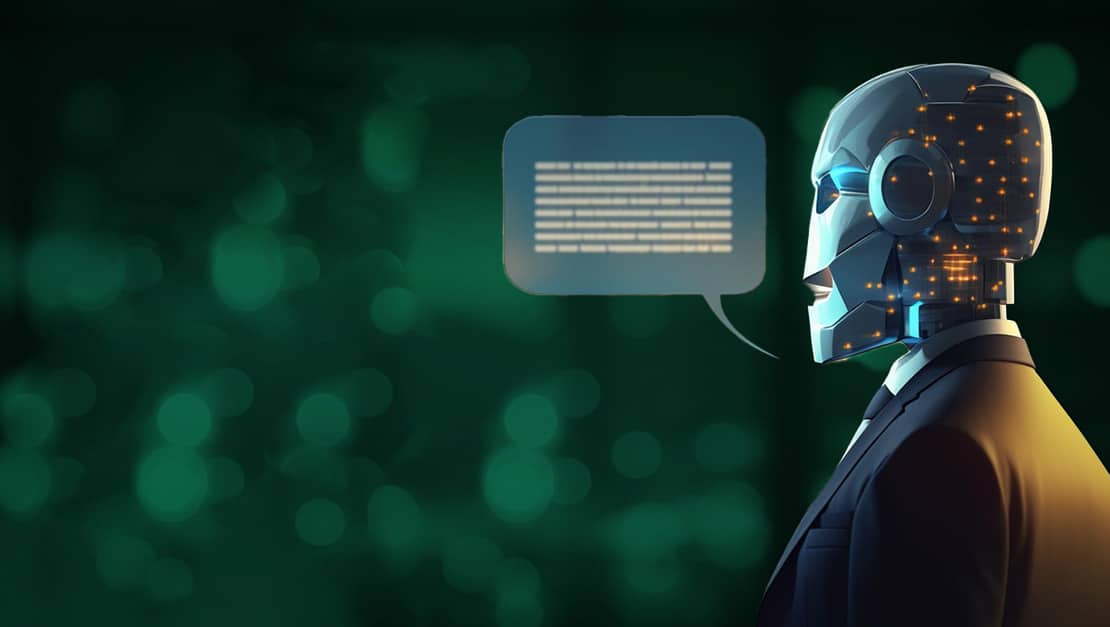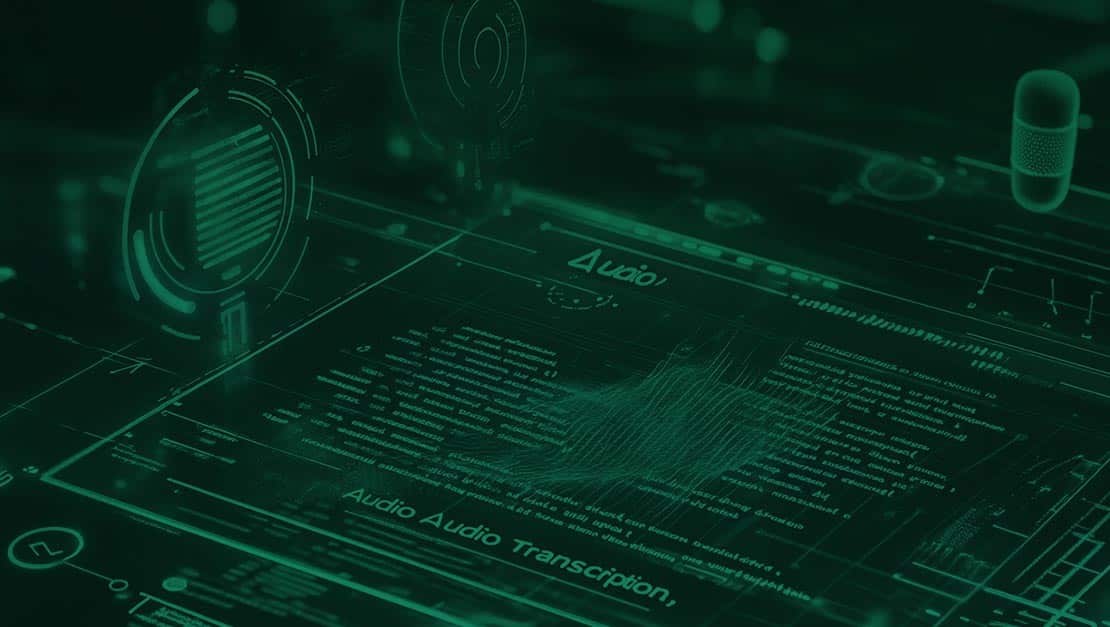Digital workflows are taking traditional operations and adding modern tools and procedures to make them less time and resource-intensive.
Some digital workflows in the workplace can be managing projects, handling customer service inquiries, and processing orders. Without technologies to automate certain workflows, it would take companies a lot more resources in budget and manpower to handle every little aspect of these processes.
In this post, we’ll look closer at digital workflows and how they’re making workplaces more productive and efficient. We’ll look at their benefits, key components, and how technologies like artificial intelligence (AI) and aiOla’s speech AI are making a difference in further digital workflow advancements.
What Is a Digital Workflow?
To put it simply, digital workflows help us streamline and automate processes in the workplace and are meant to replace manual ways of getting things done. Rather than using manual or paper procedures, digital workflows rely on technology to make everything flow smoothly.
Workflows: Then and Now
Think of traditional workflows in the past, like manufacturing a car, for example. The entire procedure would have multiple workflows attached to it that would require piles of paperwork, tons of emails, face-to-face communication as well as physical documents, and lots of room for error. A delay in a workflow like misplaced paperwork could result in long delays.
Today, digital workflows have replaced outdated systems and take a lot of the manual labor out of our jobs by automating tasks and allowing for real-time updates and collaboration. AI is playing a significant role in pushing automation further than ever, with the market size of AI in digital transformation growing from USD 235.1 billion in 2023 to an expected USD 2,954 Billion By 2033, representing a remarkable CAGR of 28.8%.
However, what’s driving this shift towards digitizing workflows? For one, businesses can’t afford to be slower than their competitors. Companies need systems that are quick yet still reliable, and that can operate anywhere for internationally diverse and remote teams. Additionally, with the cost of resources always on the rise, companies are looking for ways to reduce costs and create fewer opportunities for error.
The Benefits of Digital Workflows
When implemented correctly, digital workflows can benefit both companies and their employees. By cutting down on manual tasks and providing teams with the tools they need to work smarter, digital workflows can create a better working environment. Here are some of the key benefits:
- Increased efficiency: By streamlining and automating tasks, employees spend less time repeating the same processes and more time getting things done
- Enhanced collaboration: Digital workflows and tools make communication and working together easier, no matter where employees are located
- Better task management: From setting priorities to tracking progress, digital workflows keep tasks organized and on track
- Reduced errors: Automated processes can lead to fewer human-created mistakes, reducing risk and keeping data accurate
- More flexibility: With the ability to access work data and programs from anywhere, employees can easily work remotely making work more flexible
- Improved job satisfaction: Less time on boring, repetitive tasks means more time for meaningful, creative, and strategic work

What Are the Key Components of Effective Digital Workflows?
For digital workflows to run smoothly, they need to have a few key components, like automations, integration capabilities, and a user-friendly interface to make it simple for employees to use. Here’s a quick breakdown of the key digital workflow components any company needs:
- Automation: Workflow automations lets technology handle the routine stuff, like approvals, data entry, or reminders so that employees can focus on more important tasks. Automating tasks is a big time-saver and keeps things moving faster
- Integration: Workflows work best when everything is connected. Integrating the apps and systems your team already uses can help data flow easily between tools so that employees aren’t constantly jumping between systems
- Data management: Good digital workflows prioritize the right data at the right time. This means that your digital workflows should organize, store, and share data efficiently so employees can access what they need without wasting time
- User-friendly interfaces: Nobody wants to deal with clunky software. Easy-to-use, intuitive digital tools make workflows more reliable because employees can jump right in without a steep learning curve
AI and its Impact on Digital Workflows
AI is making digital workflows easier and smarter than ever, adding an extra layer of convenience and efficiency to how we work with digital tools. AI relies on different technologies and algorithms like machine learning to analyze data, predict outcomes, and automate tasks.
According to a survey by IBM, 92% of executives who were polled expect that their organization’s workflows will be both digitized and use AI-powered automation by 2025. More and more, we’re seeing AI and automation technology make its way into digital workflows to allow for smoother and quicker task management and communication.
How Does Speech AI Factor Into Digital Workflows?
Speech AI, a subset of AI, focuses on converting spoken language into digital text. Employees can speak and speech AI technology will turn that language into action, either triggering tasks, transcribing spoken words into text, or automating workflows. For digital workflows, speech AI and its related technology can have a major impact, here’s how:
- One of the most promising and time-saving speech AI features is voice-activated task management. Employees can use simple voice commands to complete otherwise manual tasks like scheduling meetings, setting reminders, or updating task lists, all without lifting a finger
- Enhanced communication is another key benefit. Instead of typing out emails, messages, or notes, employees can simply dictate them. Voice-to-text technology makes this a breeze, facilitating quicker and more natural communication
- Speech AI also shines when it comes to automated data entry. Instead of manually inputting data, employees can speak and AI will convert their words into digital records, making data entry even more accurate
How Does Speech AI in Digital Transformation Benefit Employees?
Adding AI to existing processes can actually benefit employees and make their jobs easier and more flexible. With technology like speech AI, employees can:
- Increase productivity by working hands-free and multitasking, like handling phone calls while updating project notes by voice
- Save time by reducing the need for manual data entry so that employees can focus on more strategic tasks
- Improve accessibility for employees with disabilities or anyone who prefers voice interactions over typing
- Enhance workflow integration by easily syncing with other digital tools, making workflows even more cohesive for everyone involved
aiOla Speech AI Success Stories: Building More Resilient Digital Workflows
aiOla, a speech AI technology, allows companies to harness the power of speech and turn it into action. With its ability to understand over 100 languages including any accent, dialect, and industry jargon, aiOla is helping companies of all sizes and in multiple fields reduce their reliance on manual workflows, improve productivity, and work smarter. Here are a couple of examples of aiOla in action:
Fortune 50 Food Corporation Saves Time and Increases Production
A multinational food corporation implemented aiOla to improve its inspection workflows. The company wanted to establish better digital workflows, and using aiOla speech AI, the company cut their inspection time in half. Communication was also improved between employees with immediate alerts regarding machinery, and the company saw a 90% reduction in manual operations along with a 30% boost in production.
Fortune 200 Company Increases Productivity and Safety
A large beverage company wanted to improve its logistics and digital warehouse operations using aiOla. The company was searching for a way to communicate effectively between forklift operators and warehouse staff. Before implementing aiOla, all communication processes were manual, but after implementing speech AI, employees were able to share updates through speech with their devices as well as capture data through voice. This resulted in the company processing 25% more pallets per hour and reducing safety incidents by 4 per shift.
Speech AI: The Future of Strong Digital Workflows
As AI makes its way into more and more workflows, there’s no doubt that this technology with further influence how we work. With speech AI like aiOla, the ability of digital workflows can stretch even further, making jobs easier than ever on employees and freeing up resources and time for workers to focus on more high-level tasks.
Book a demo with one of our experts today to see how aiOla can impact your company’s digital workflows.








